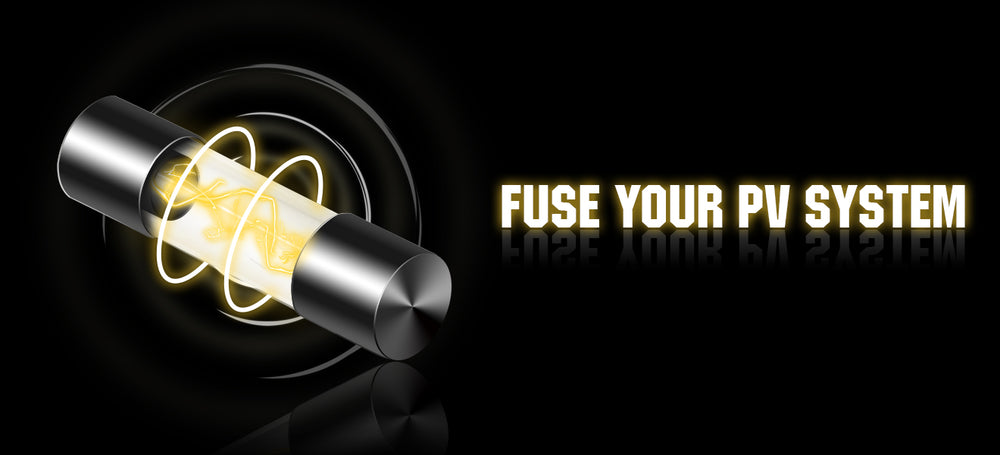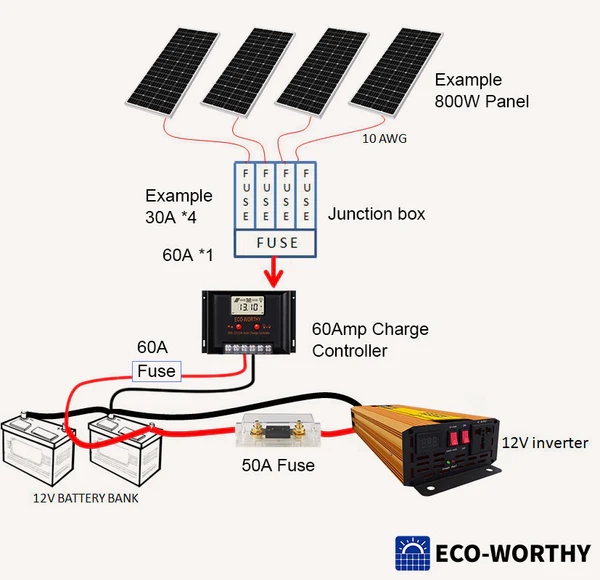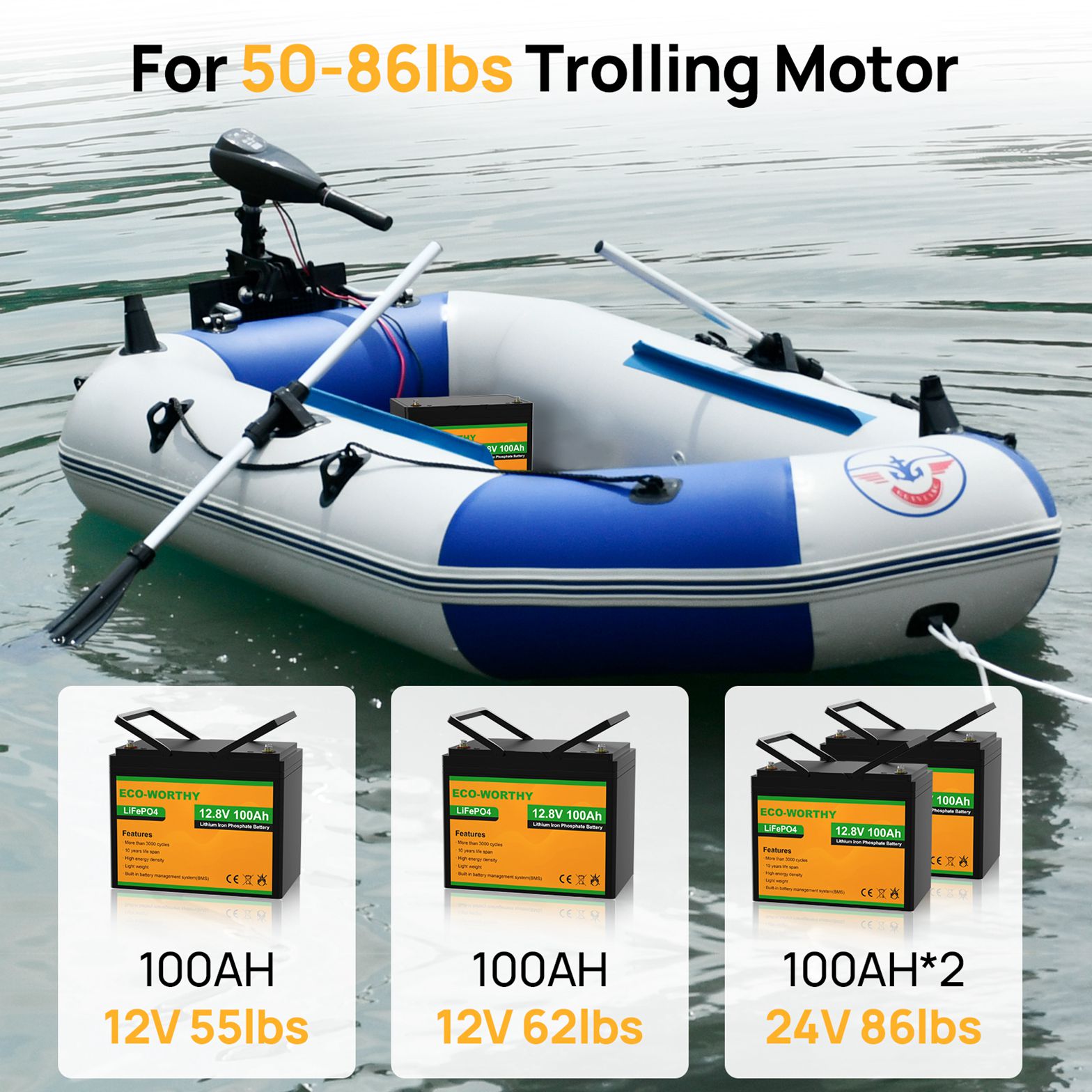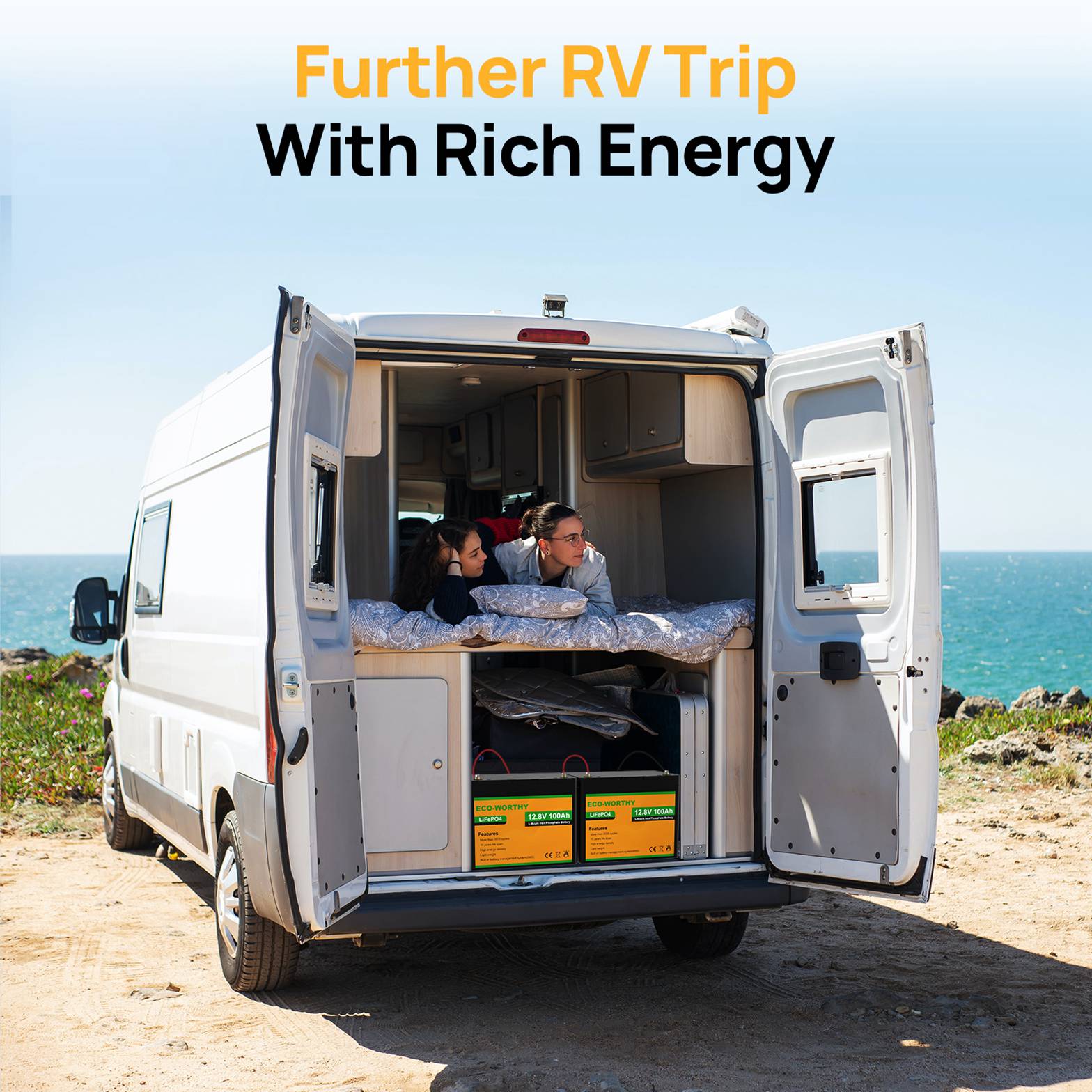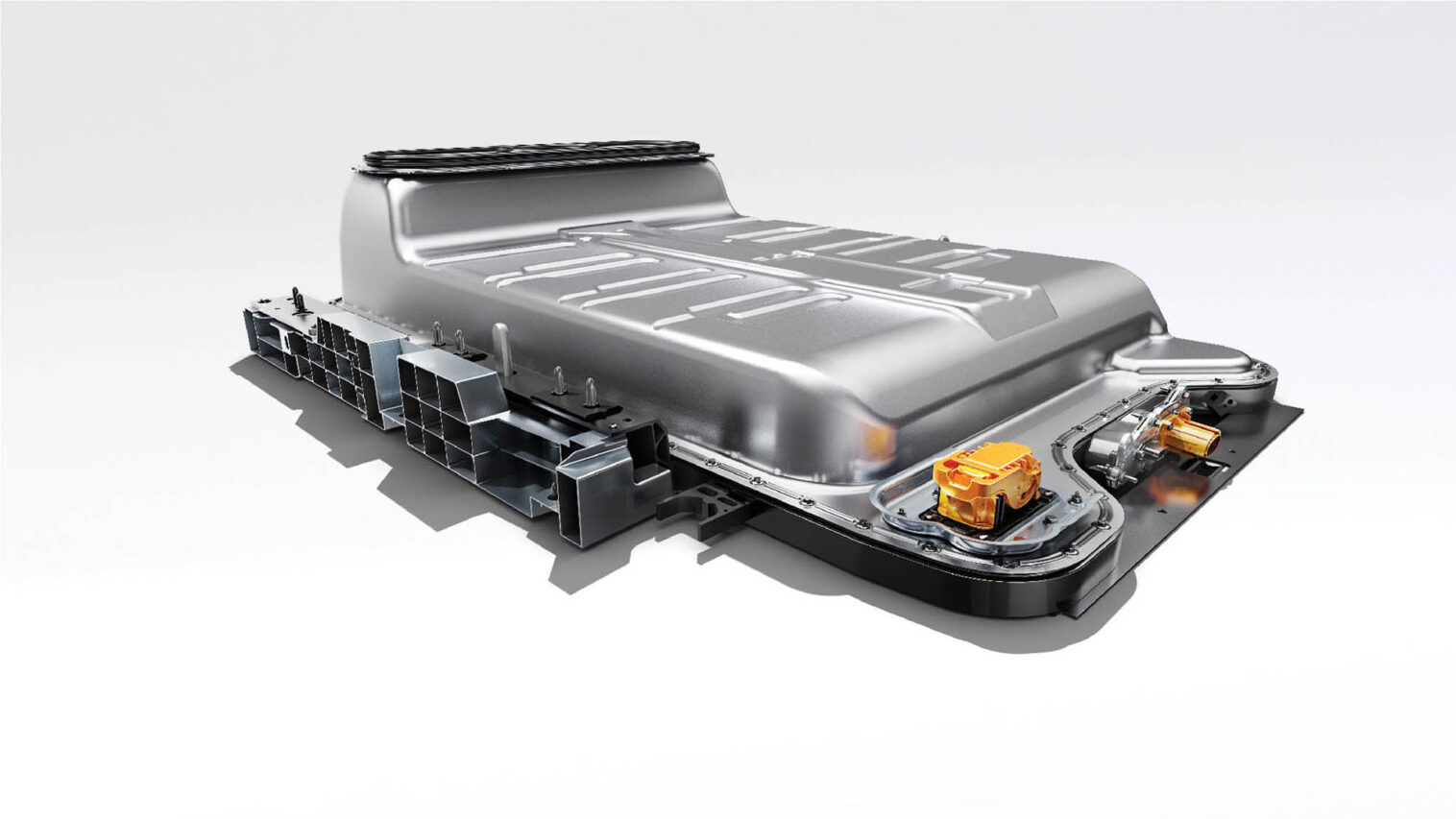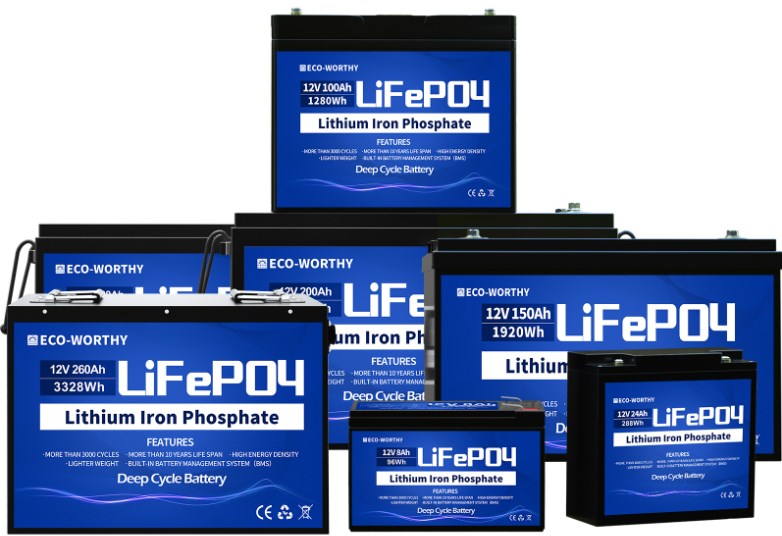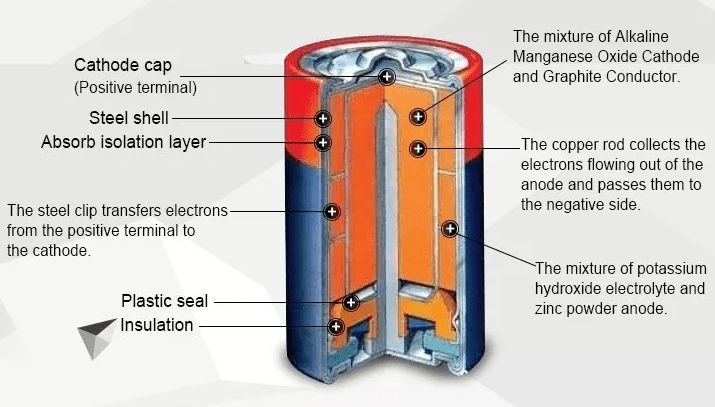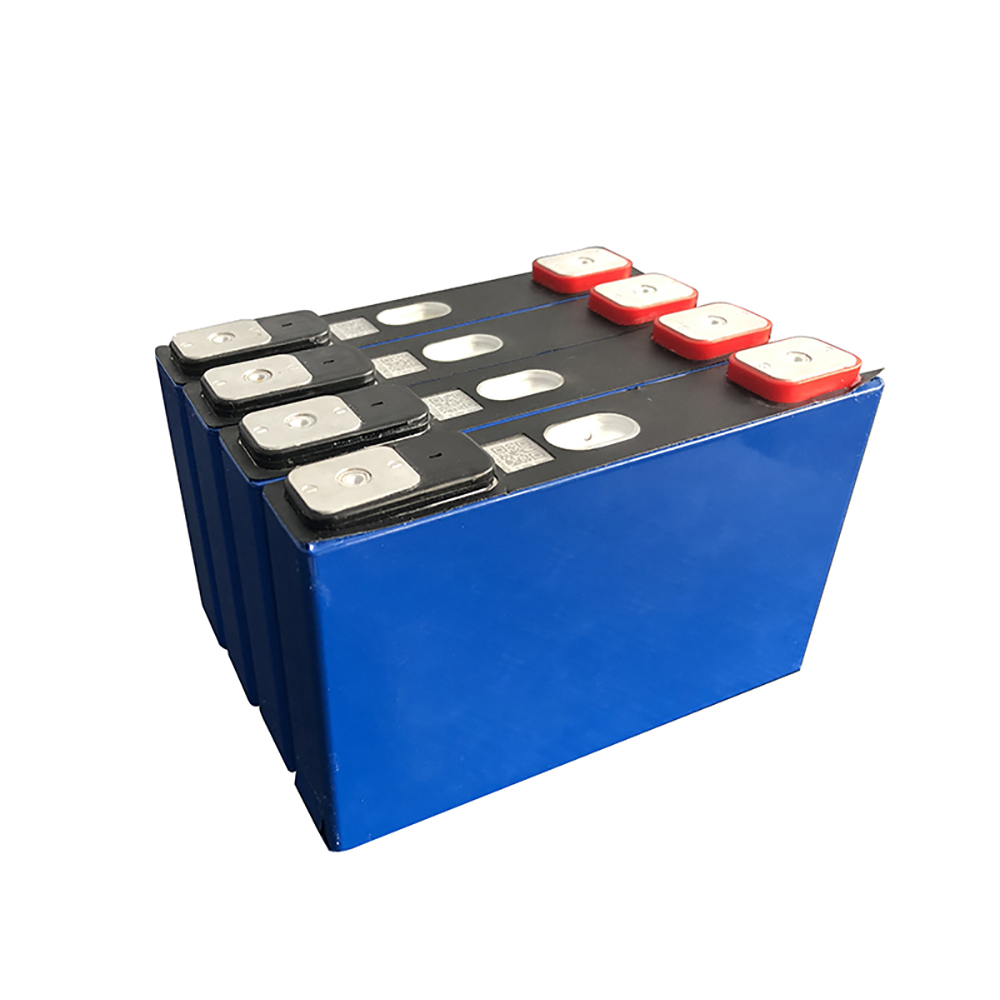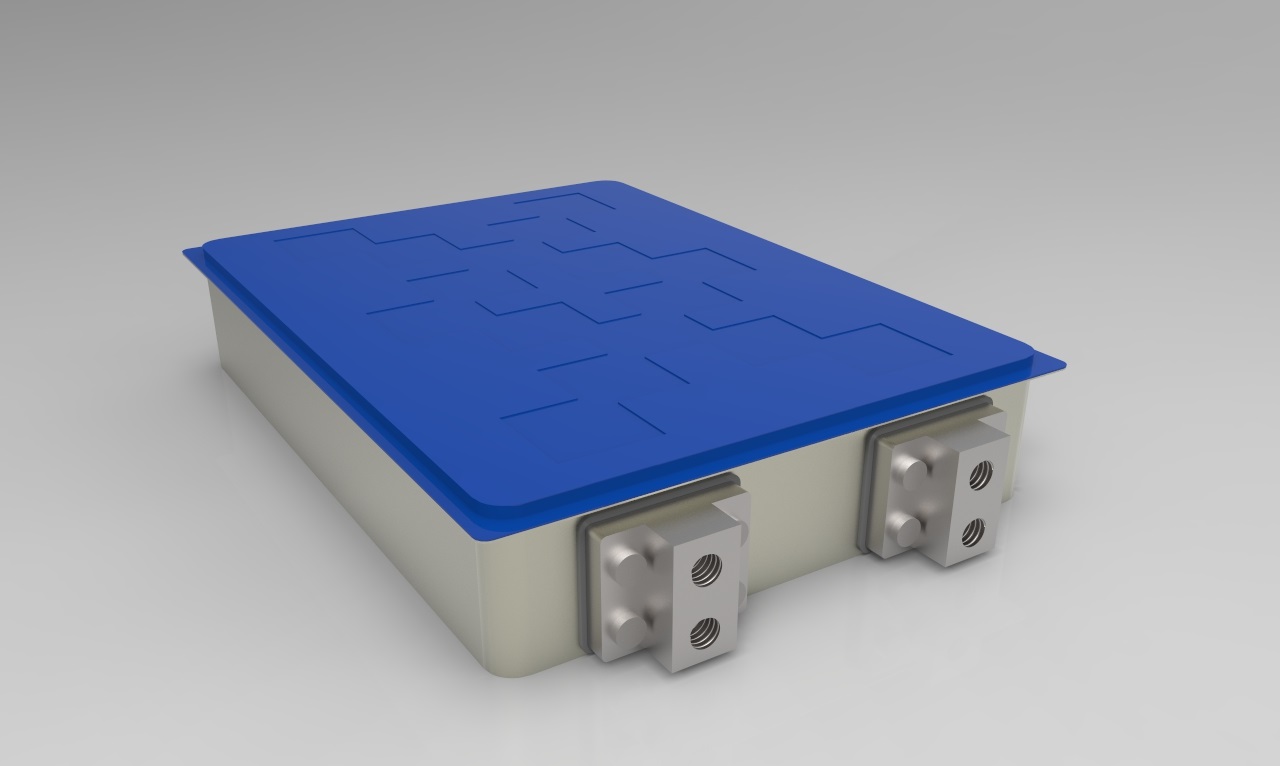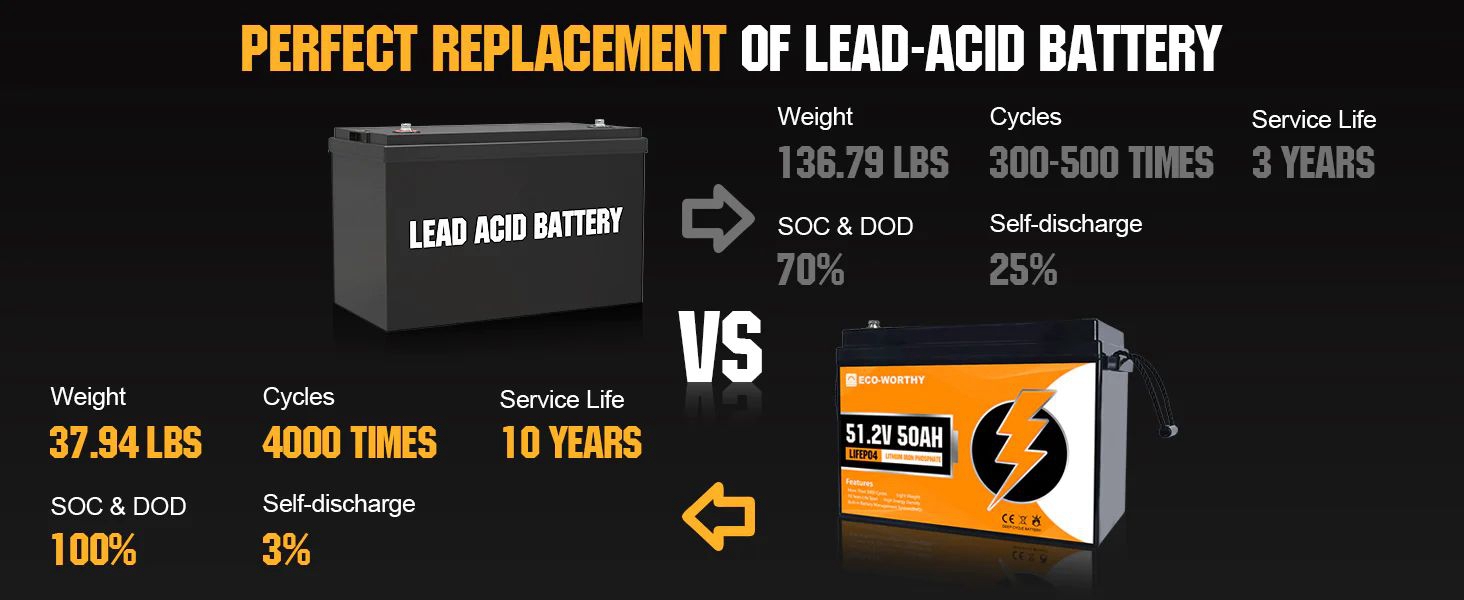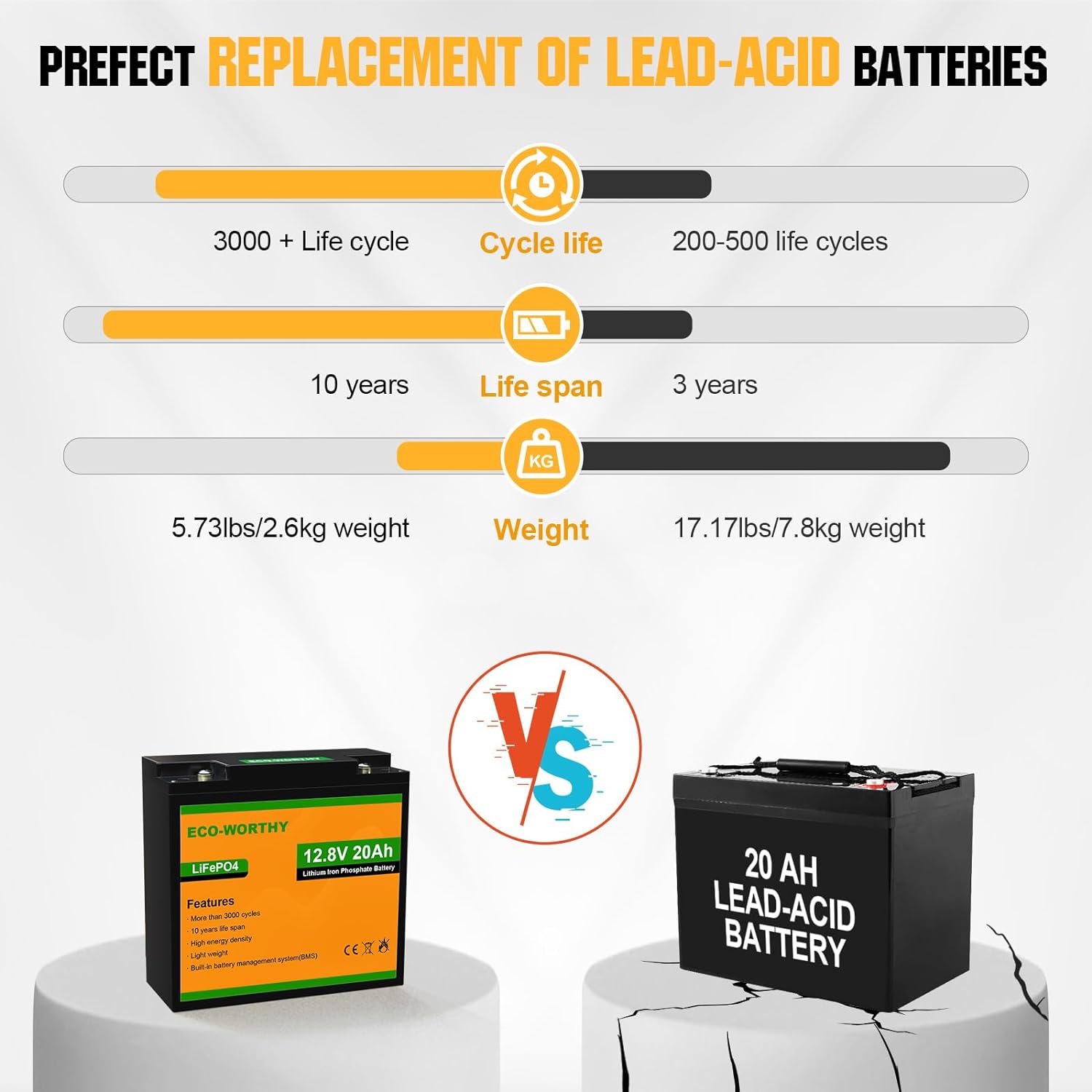Market Insights The Boom in Lithium Iron Phosphate Batteries for Recreational Vehicles and Beyond
In recent years, the demand for lithium iron phosphate (LFP) batteries has surged exponentially, particularly in niche markets such as recreational vehicles (RVs), yachts, and golf carts. These specialized sectors are driving a significant shift in the energy storage landscape, presenting unique opportunities and challenges for LFP battery manufacturers. This article explores the evolving demand trends and examines how producers like Eco-sources are adapting to cater to these specific market segments with unmatched customization capabilities.
Emerging Trends in LFP Battery Demand:
-
Recreational Vehicles (RVs): RV enthusiasts are increasingly seeking lightweight, high-capacity, and reliable energy storage solutions to support their off-grid adventures. LFP batteries, known for their safety, longevity, and efficiency, perfectly fit the bill.

-
Yachts and Marine Applications: The marine industry is embracing LFP batteries for their corrosion resistance and ability to handle harsh environments. These batteries offer yacht owners a more sustainable and durable alternative to traditional lead-acid batteries.

- 3.Golf Carts and Light Utility Vehicles (LUVs): Golf courses and resorts are upgrading to electric-powered vehicles, favoring LFP batteries for their consistent performance and low maintenance requirements.
Challenges for LFP Battery Producers:
Meeting the rising demand for LFP batteries in these specialized markets comes with its own set of challenges, including the need for customization, cost-effectiveness, integration and compatibility, safety standards, and addressing environmental impacts.
Strategies for Success:
At Eco-sources, we tackle these challenges head-on by focusing on innovation and customer-centric solutions. As a factory with exceptional customisation capabilities, we design and manufacture LFP batteries that meet the unique specifications and power requirements of RVs, yachts, and golf carts. Our approach includes:
-
Tailored Designs: We create custom battery packs that fit the exact dimensions and power demands of each application, utilizing advanced cell configurations and modular designs.
-
Cost-Efficient Production: Through economies of scale and efficient manufacturing processes, we strive to keep costs down without compromising on quality or performance.
-
Advanced BMS Systems: Our sophisticated battery management systems optimize performance, extend battery life, and ensure safe operation under various conditions, specifically tailored to the needs of our clients.
-
Regulatory Compliance: Working closely with regulatory bodies, we ensure all our products meet necessary certifications and adhere to international safety standards.
-
Sustainable Practices: We are committed to responsible sourcing, recyclable materials, and take-back programs to minimize environmental footprint, aligning with the green initiatives of our customers.
In conclusion, the future success of LFP battery producers hinges on their ability to innovate, adapt, and deliver tailored solutions that meet the evolving needs of the RV, marine, and golf cart industries. At Eco-sources, we pride ourselves on being at the forefront of this movement, providing unparalleled customization options and ensuring our customers receive the best possible energy storage solutions for their specific applications.
By addressing the unique challenges of these markets with a focus on customization, Eco-sources, secures a strong foothold in the expanding universe of clean energy storage solutions, setting a new standard for LFP battery manufacturers.

